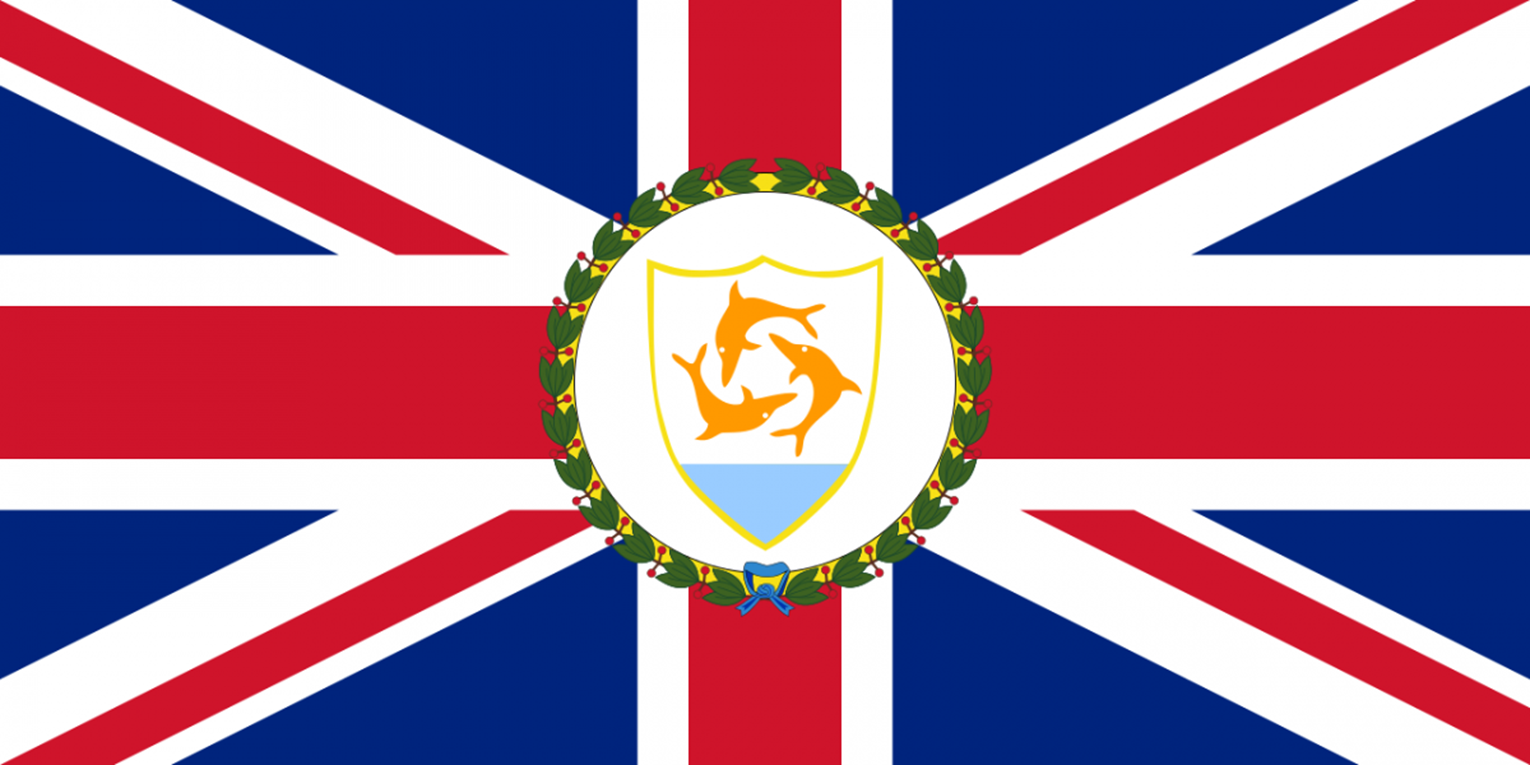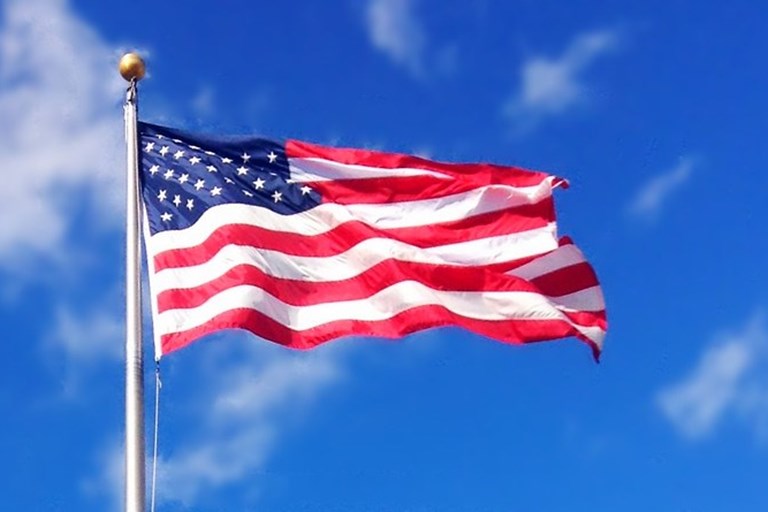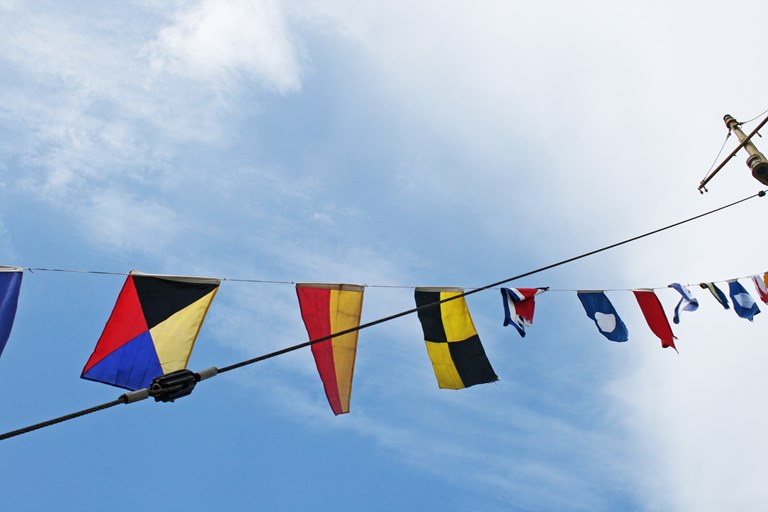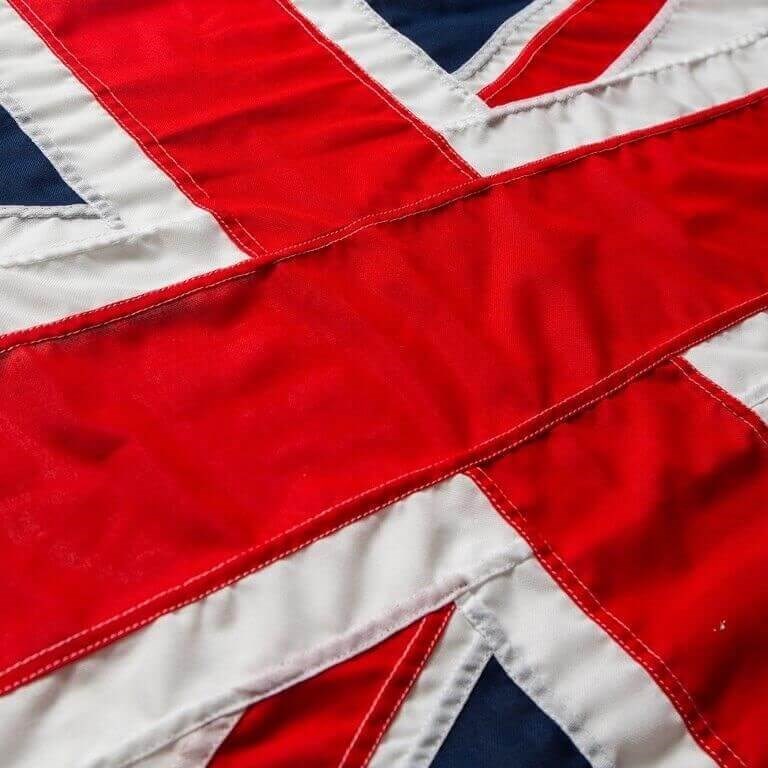Trivia
The dolphins on the flag stand for friendship, wisdom and strength.
Technical Specifications
| Adopted | 1990 |
|---|---|
| Proportion | 1:2 |
| Design | A blue ensign with a Union Jack in the top left hand corner and the Coat of Arms of Anguilla in the centre left. |
| Colours | PMS – Blue: 281, Red: 186, Orange: 150, Turquoise: 291 |
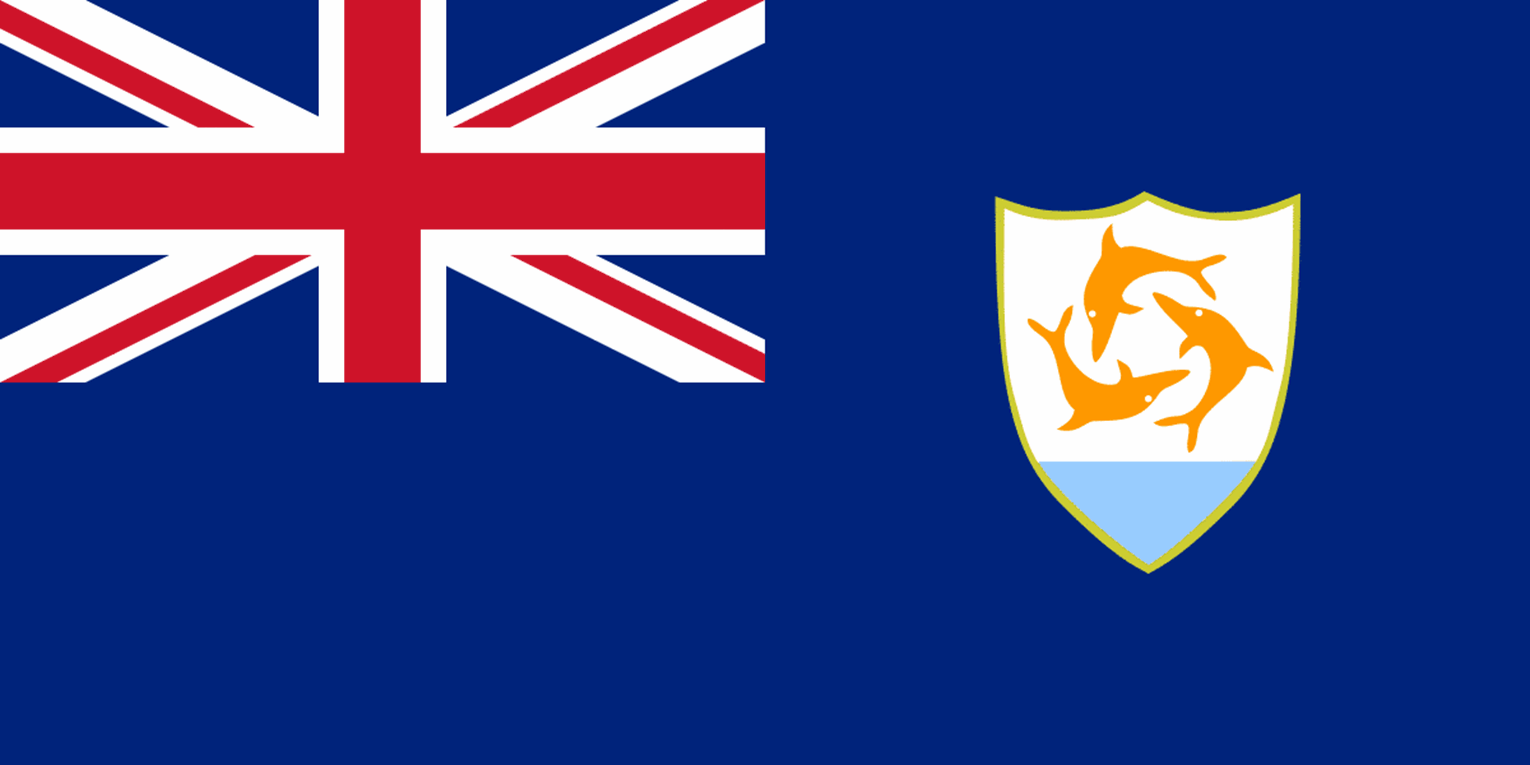
Brief History
The first flag flown in Anguilla before 1967 was the Union Jack of Great Britain. When the Associated Statehood act 1967 brought the islands of Saint Christopher, Nevis and Anguilla together as the associated state of Saint Christopher, Nevis and Anguilla the triple palm flag was chosen.
The triple palm flag was a green-yellow-blue vertical tricolour with a Palm tree in the centre representing destiny, humility and pride. The Green represented Saint Christopher, Yellow represented Nevis and the sky blue represented Anguilla.
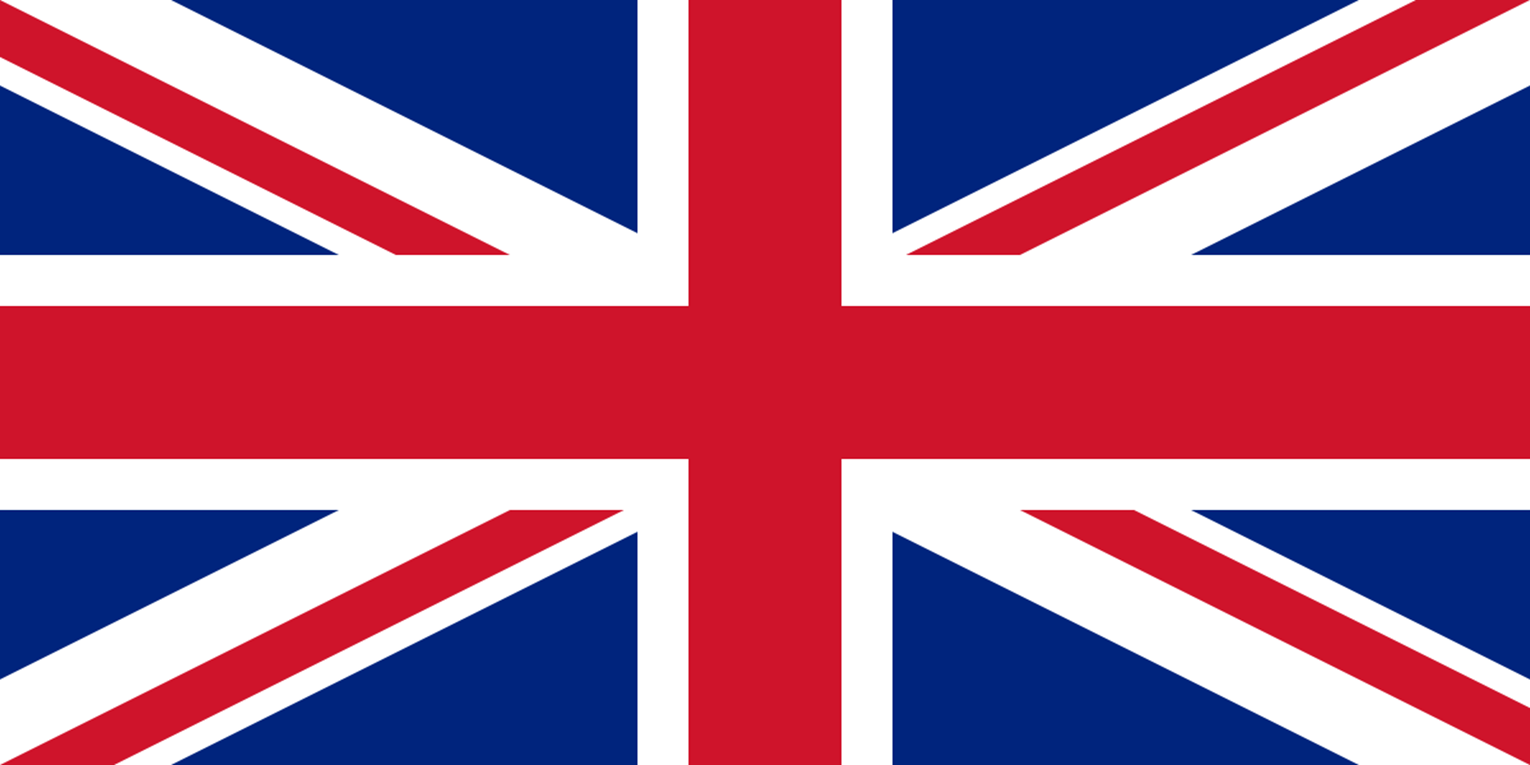
The Union Jack of Great Britain (Before 1967)
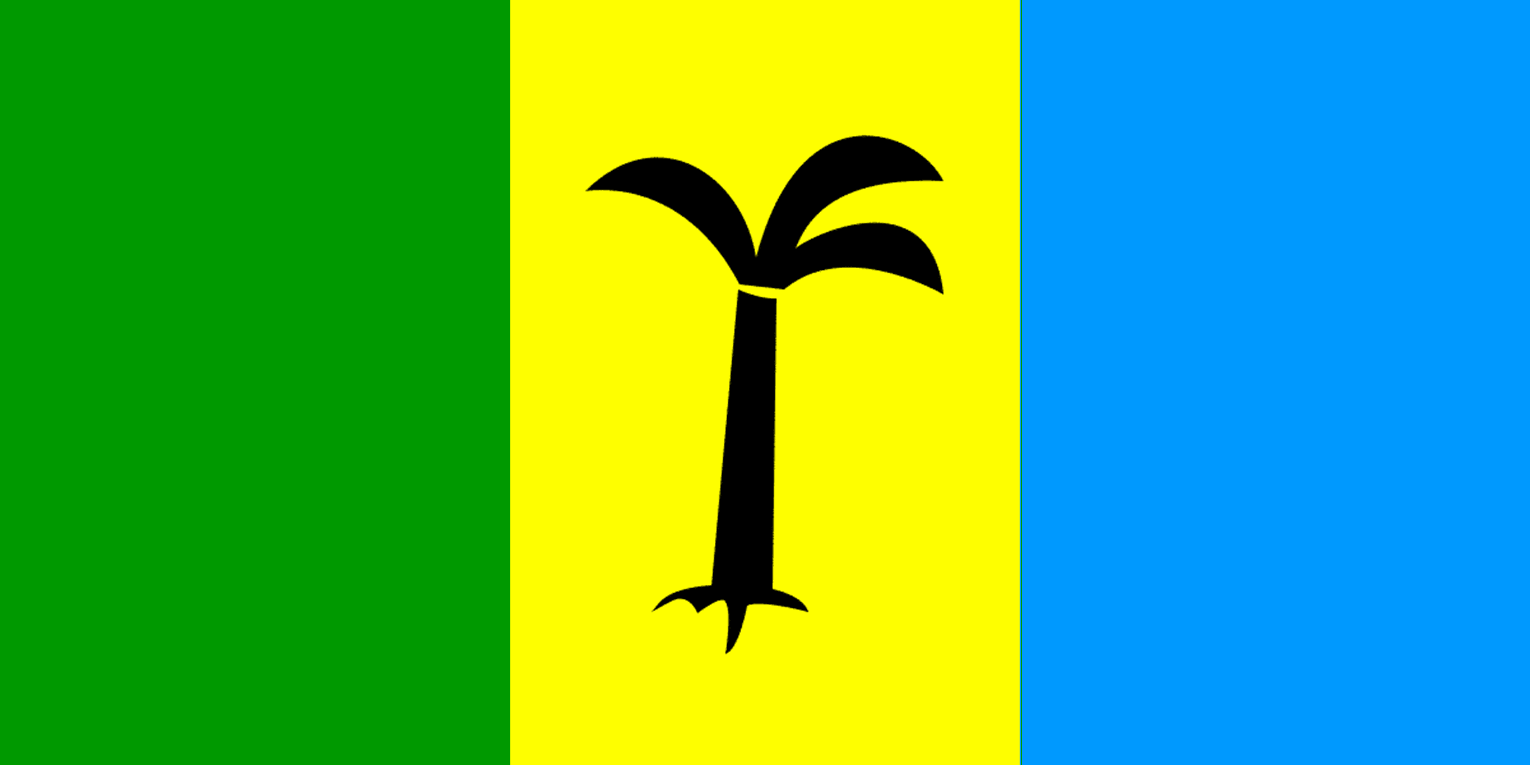
The Triple Palm Flag of Saint Christopher, Nevis and Anguilla (1967)
In July 1967 Anguilla unilaterally declared its independence and chose a new flag. The first flag was named ‘the mermaid’ flag that was designed by an Anguillan living in San Francisco, USA.
The first version was said to be a blue oval on a red field with all white image of two mermaids and a shell in the centre, it also featured the words “Republic of Anguilla” in gold. The same design with a purple field with no words is the more commonly seen and features on the 50 cent Anguillan postage stamp.
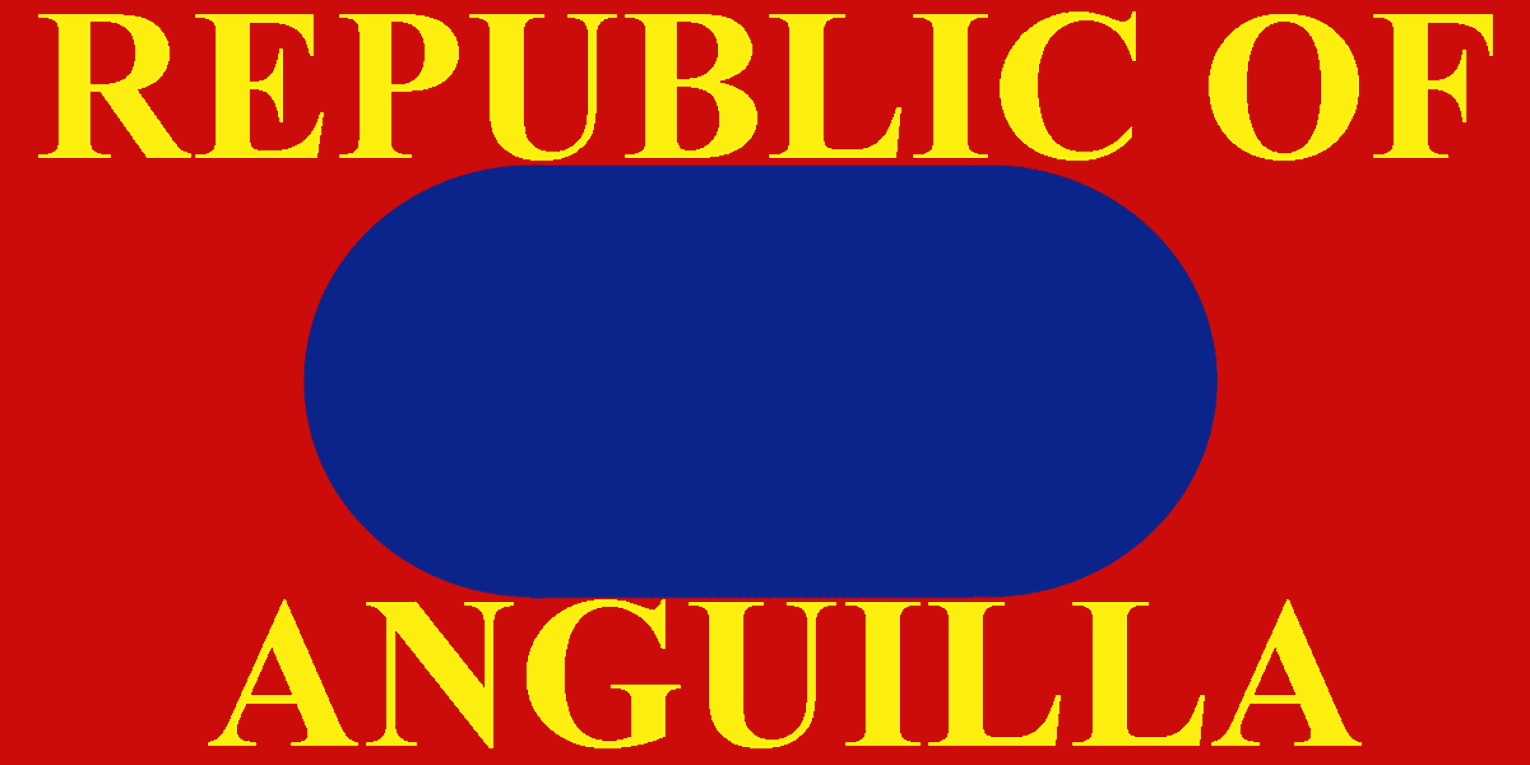
Representation of the Mermaid Flag of Anguilla (1967) (Missing mermaids in center field)
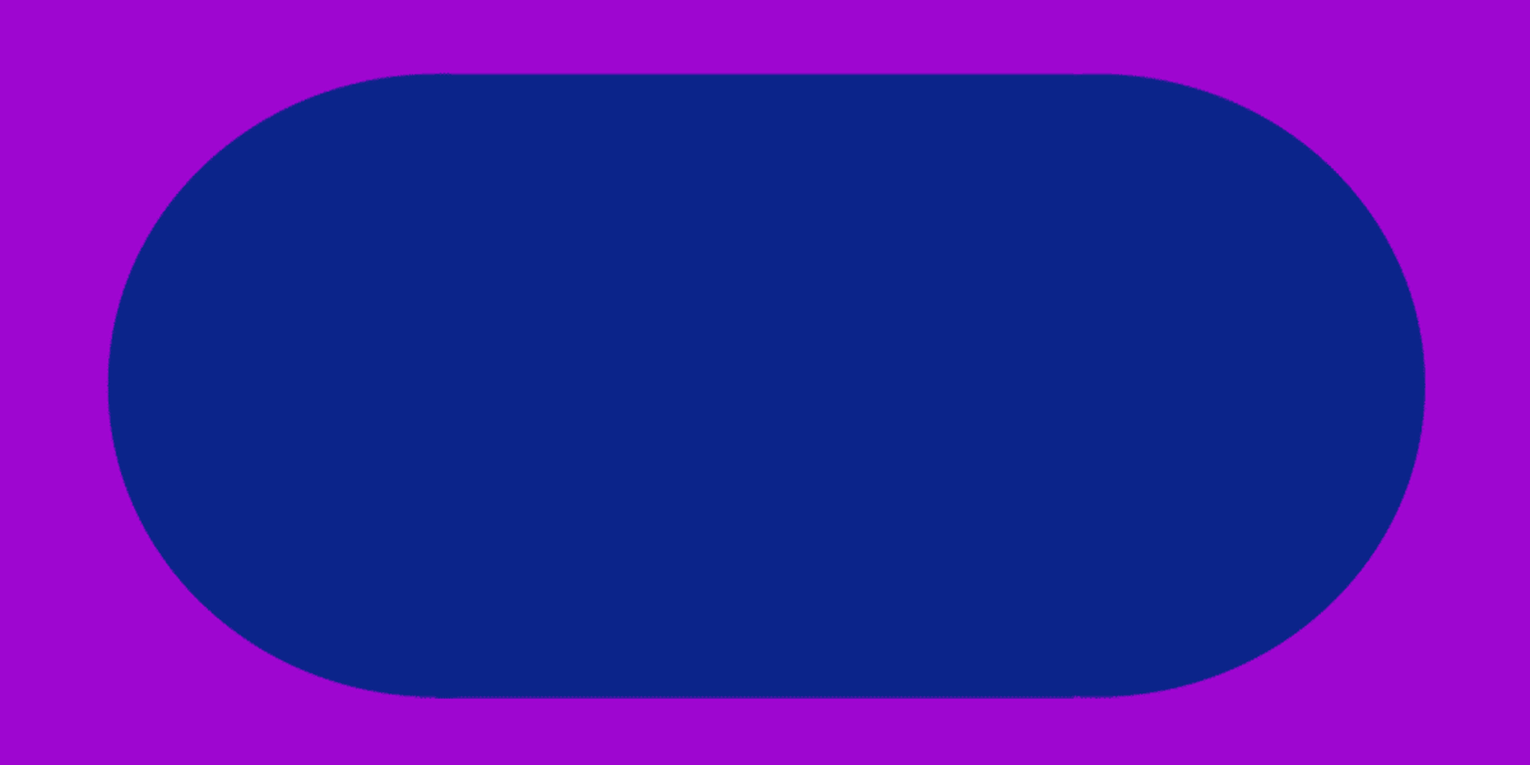
Representation of the Mermaid Flag of Anguilla (1967) (Missing mermaids in center field)
The mermaid flag only lasted a few months. In September 1967 the flag was changed to the more popular dolphin flag. The flag features a white field, representing peace, with a turquoise stripe, representing the Caribbean Sea, and three orange dolphins representing endurance, unity and strength.
In 1969 Anguilla became under British rule again and in 1980 it became a separate British colony from Saint Christopher and Nevis. A new flag was first hoisted onto f in 1990 that featured a blue ensign with the union jack in the top right hand corner and the Coat of Arms of Anguilla in the centre left.
The people of Anguilla still unofficially fly the Dolphin flag in shops and private residences and is seen by the people as their ‘real’ flag.
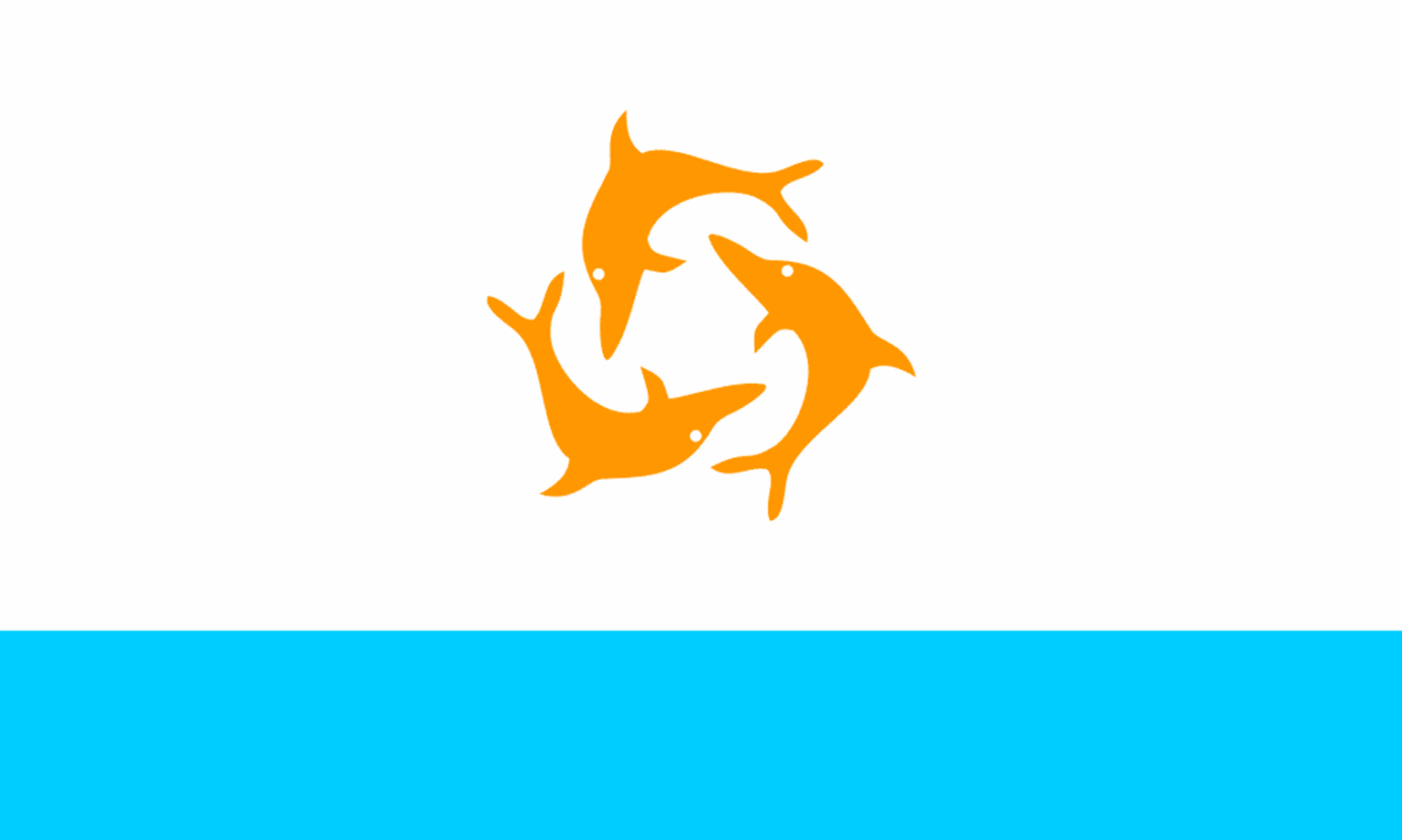
The Dolphin Flag of Anguilla (1967 – 1969)

The Flag of Anguilla (1990 to Present Day)

